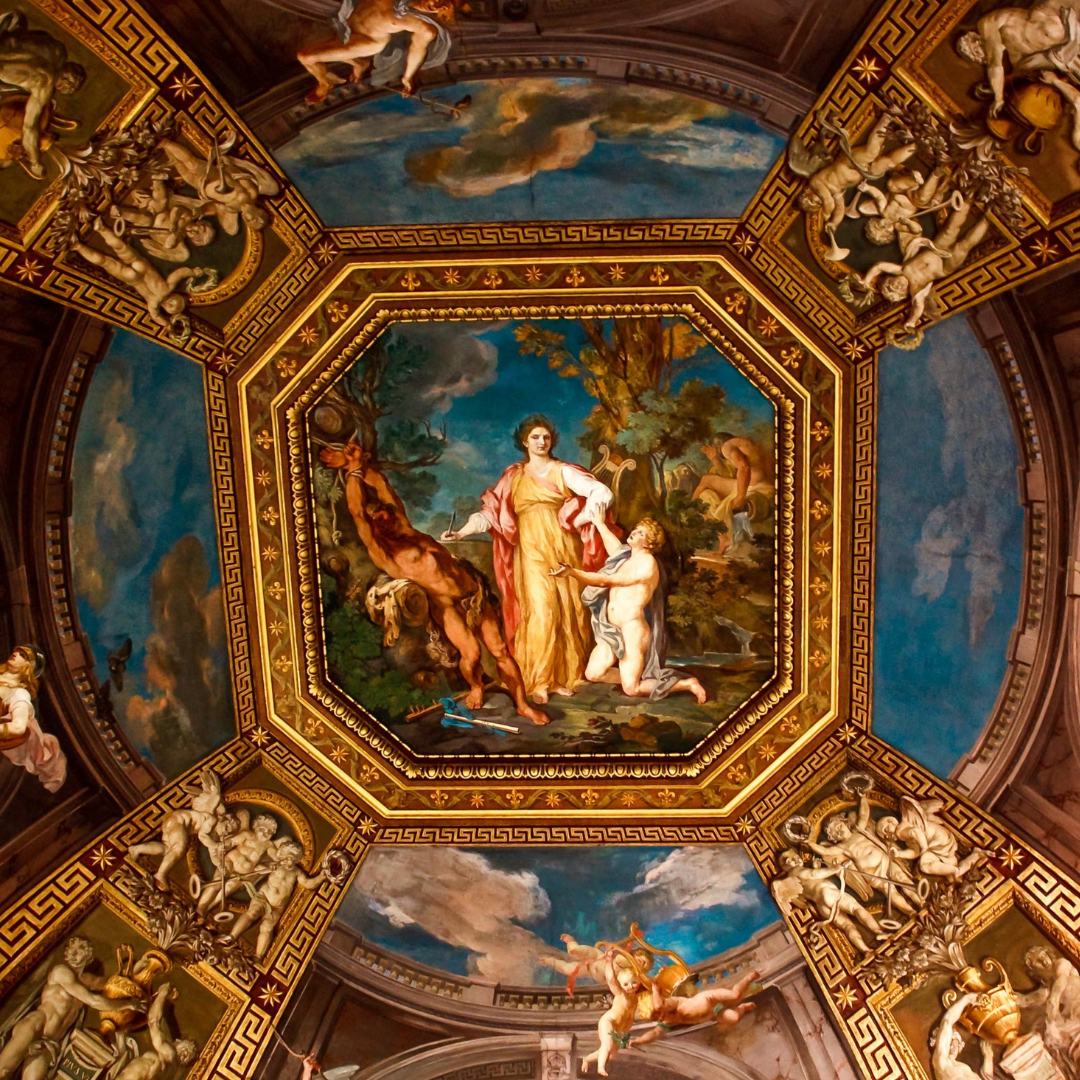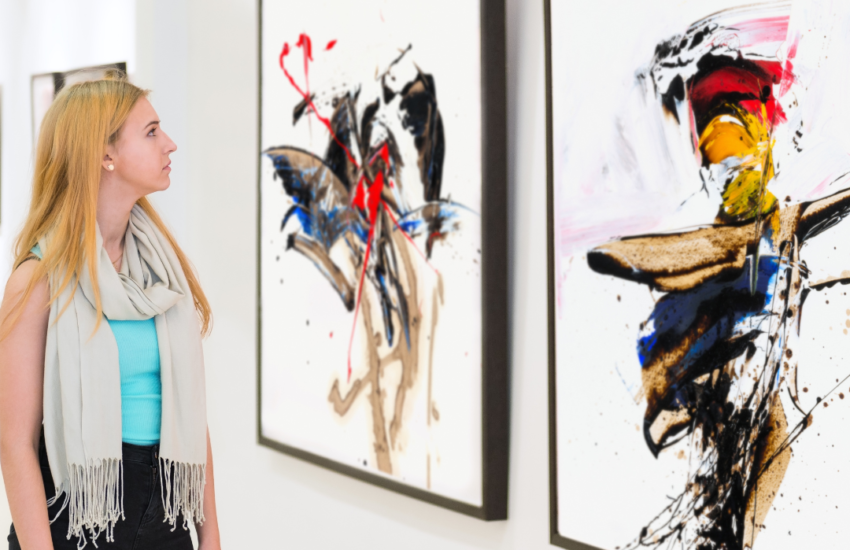The Pioneers of Art: A Brief History
The history of art is a long and complicated one, filled with many famous artists who have made significant contributions to the world of art. In this blog post, we are going to take a look at some of the pioneers of art and their significant contributions. So read on and learn about some of the most famous artists in history!
The Pre-historic Period
The pre-historic period saw the emergence of some of the earliest forms of art. This was a time when humans were just beginning to express themselves creatively and the results are fascinating.
Some of the most famous examples of pre-historic art come from the cave paintings at Lascaux in France. These paintings, which date back to around 15,000 BC, depict animals and hunting scenes. They are incredibly lifelike and show a great deal of skill on the part of the artists.
Other examples of pre-historic art include the Venus figurines, which are small statues of women that date back to around 35,000 BC.
These figures are thought to have been used as fertility symbols or perhaps even as dolls. Whatever their purpose, they are beautiful works of art that give us a glimpse into the minds of our early ancestors.
The pre-historic period is an important one in the history of art because it shows us that humans have always been creative beings. It is also a reminder that even though we have come a long way since then, we still have a lot in common with those early artists.
Homer and the Iliad
Homer was a Greek poet who is believed to have lived in the 8th or 7th century BC. He is best known for his epic poems, the Iliad and the Odyssey, which are considered two of the greatest works of Western literature. The Iliad tells the story of the Trojan War, while the Odyssey focuses on the journey home of the Greek hero Odysseus. Homer’s works were hugely influential in ancient Greece and helped to shape the development of Greek art.
The Greeks
The Pioneers of Art: A Brief History would not be complete without mentioning the Greeks. The Greeks were a major force in the development of art, especially in the area of sculpture. They created many of the first life-size sculptures and developed a realistic style that was used for centuries. The Greek sculptors also created some of the first statues of gods and heroes, which were an important part of their religion.
Michelangelo and the Sistine Chapel
Michelangelo is one of the most renowned artists in history. His most famous work is the Sistine Chapel, located in Vatican City. The Sistine Chapel is a large chapel that was built in the 15th century. It is decorated with frescoes, which are paintings that are made of wet plaster. Michelangelo painted the Sistine Chapel ceiling between 1508 and 1512. The ceiling depicts nine scenes from the Book of Genesis.
Michelangelo’s work on the Sistine Chapel ceiling was incredibly labor-intensive. He had to paint while lying on his back on a scaffold. The frescoes were also difficult to create because they had to be painted quickly before the plaster dried.
Despite the challenges, Michelangelo’s work was praised by his contemporaries. Pope Julius II, who commissioned the painting, is said to have declared that Michelangelo had surpassed all other artists, living or dead.
Today, the Sistine Chapel is one of the most popular tourist destinations in Vatican City. Visitors can admire Michelangelo’s masterful frescoes up close. The Sistine Chapel is also significant because it is where papal conclaves are held, making it an important site for Catholic Church history.
Renaissance Art
In the early 1400s, a new artistic style began to emerge in Europe. This style, which came to be known as Renaissance art, was characterized by its use of realistic details and its focus on the human experience.
Renaissance artists sought to portray their subjects as realistically as possible, often painting them in lifelike detail. They were also interested in conveying emotion and portraying the human condition. Many of the greatest renaissance artists, such as Leonardo da Vinci and Michelangelo Buonarroti, are known for their masterful paintings and sculptures that continue to awe audiences today.
The Renaissance period was one of great creativity and achievement in the arts. It saw the development of some of the most iconic works of art that we know today and laid the foundation for subsequent movements in art history.
Baroque and Rococo Art
In the 1600s, a new style of art emerged in Europe that came to be known as Baroque. This style was characterized by its use of dramatic lighting and its focus on emotional subjects. Many of the most famous paintings from this period were religious in nature, such as The Last Supper by Leonardo da Vinci.
The Baroque period gave way to the Rococo style in the early 1700s. This style was more light-hearted and playful than the Baroque, with an emphasis on pretty pastel colors and ornate designs. One of the most famous Rococo paintings is The Swing by Jean-Honor Fragonard, which depicts a young woman playfully enjoying a ride on a swing.
Romanticism
In the late 18th and early 19th centuries, a group of artists known as the Romantics rejected the idealization of classicism and instead favored more emotive, expressive works. The Romantic movement was marked by a return to nature, an emphasis on the individual, and a belief in the power of the imagination.
The most famous Romantic painters include William Blake, Caspar David Friedrich, John Constable, and J.M.W. Turner. These artists sought to capture the beauty and mystery of the natural world, often using bold colors and sweeping brushstrokes to convey their emotions. Romanticism was not only about aesthetics; it was also a philosophical movement that challenged traditional ideas about art and its purpose.
Modern Art
Art is a timeless form of expression that has the ability to transcend barriers and borders. It is a form of communication that can be used to express emotions, ideas, and stories. The history of art is often divided into periods or movements. The first recorded period is the Stone Age, which lasted from approximately 30,000 BCE to 3,000 BCE. During this time, artists created cave paintings and sculptures using materials that were readily available to them.
The next major period in art history is the Bronze Age, which lasted from approximately 3,000 BCE to 1,200 BCE. This was a time when metalworking began to be developed, and artists started using bronze to create statues and other artwork.
The Iron Age followed the Bronze Age, lasting from approximately 1,200 BCE to 600 BCE. This was a time when ironworking began to be developed, and artists started using iron to create tools and weapons.
The Classical period in art history is usually considered to have lasted from 600 BCE to 500 CE. This was a time of great artistic achievement in Greece and Rome. Artists during this time created masterpieces in painting, sculpture, and architecture that are still admired today.
The Middle Ages are often considered to have lasted from 500 CE to 1400 CE. During this time, art was often used as a vehicle for religious expression. Gothic art emerged during this period, characterized by its ornate style and intricate details.



